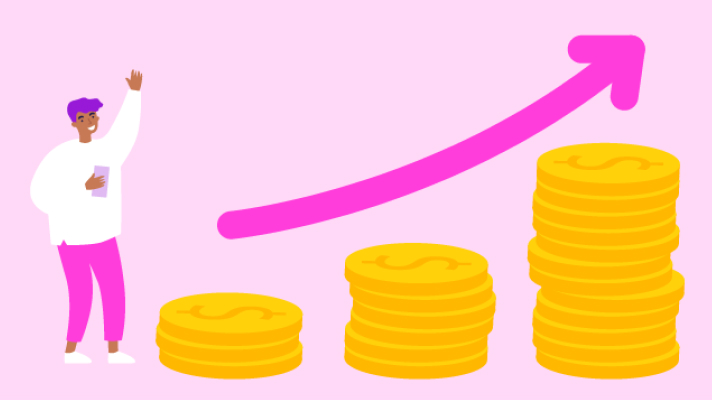Ways to pay for things
Money has changed a lot over time – thousands of years ago, people traded items and services to get the things they needed and wanted! Today, money comes in many different forms, and you can even access your money from a phone or computer. Here is a list of some of the main ways you can pay for things today.
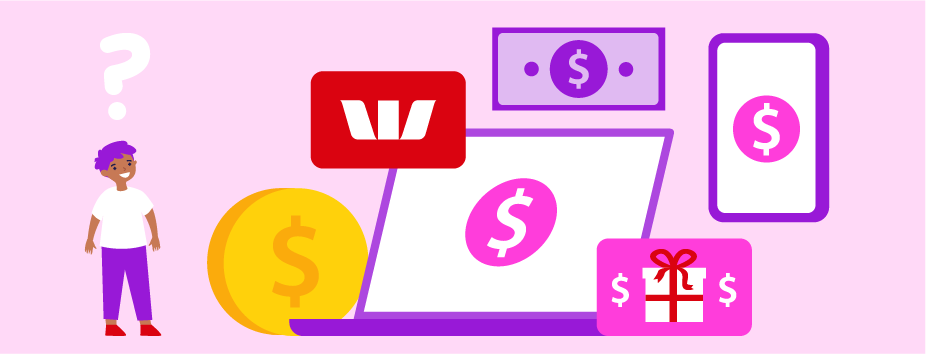
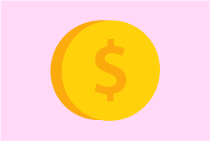
Cash
Australian coins and notes were first introduced in 1910. Today, there are six official Australian coins and five official notes.
Did you know that each coin and note has a slightly different size so that you can tell the difference when holding them in your hands and without looking? This helps people avoid making mistakes when paying. You don’t want to mix up $5 and $50 notes!
Use a sturdy wallet with a space for notes and a coin purse that zips shut to keep your cash secure when you are carrying it around.
Keep your cash at home in a safe place that your parents or caregivers know about. You can also deposit your cash in the bank and withdraw it again.
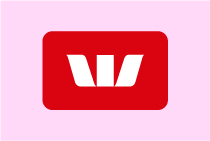
Debit cards
When you have your own money in a bank account the bank may issue you with a debit card that gives you access to your money.
You can use your card to pay for things at places like shops and cafés that use Electronic Funds Transfer at Point of Sale (EFTPOS), or you can go to an Automatic Teller Machine (ATM) and use your card to withdraw cash. Some types of debit cards also allow you to purchase things online.
If you open a Westpac everyday transaction account, such as Westpac Choice for youth account, the eligible card age is 8. For any other transaction account, the eligible card age is 14. You must have an Australian residential address, you will get a Westpac Debit Mastercard®1.
Personal Identification Number (PIN)
You'll have a Personal Identification Number (PIN) for your card, which is a four-digit number you enter to access your mone so that it is secure and not just anyone can use it.
You may not always need your PIN if you are tapping an EFTPOS machine to pay for things, but you will always need to use it when you take money out of the ATM.
It is very important that you do not share your PIN, If you think someone else might know your PIN you should reset it straight away.
Here are details on how to change your Westpac card PIN online.
If you need help you can always contact us.
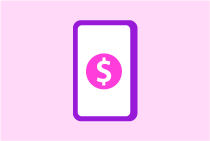
Mobile wallets
A mobile wallet is a service that stores banking information securely and allows you to pay with copy of a debit card1 that is stored on a device and can tap a device to pay instead of using your physical debit card. Westpac customers who are 14+ and have a debit card can now carry your eligible Westpac cards with your smartphone or wearable. You can make purchases at stores worldwide, at any terminal where contactless payments are accepted.
Trusted digital wallet services include Apple Pay, Google Pay ™ and Samsung Pay™.
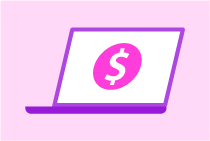
Online banking and mobile apps
Westpac online banking allows you to sign in through our website or the Westpac App to see how much money is in your account, use the Pay Anyone feature to buy or pay for things, and access other resources to manage your money like our budget tools.
You can also pay others securely using the PayID® feature, which allows you to send and receive money through a connected mobile number.
When you are 14 years old and can have a debit card, the Westpac App also stores a digital version of your card.

Credit cards
In Australia, you must be 18 years or older before you can apply to have a credit card.
While debit cards allow you to access your own money, credit cards give you access to money that you can borrow.
Credit cards have limits (for example $1000), which means you are allowed to borrow up to that amount.
When you use a credit card, you may be charged fees and be required to pay interest – interest is an extra amount of money that the credit card company or bank charges for lending you the money.
Like debit cards, credit cards also have PINs and you must not share them.
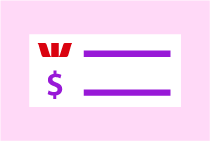
Cheques and bank cheques
A cheque is a paper document that asks your bank to take a specific amount of money out of your bank account and transfer it into the account of the person in whose name the cheque has been issued.
On a cheque you write the date, the name of the person or business you are paying, the amount and your signature.
Cheques are becoming less common now that people prefer to pay for things in other ways, but they can be useful when you need to pay someone a larger amount of money and you don’t want to carry that amount of cash around.
You can have your own cheques that you fill in yourself, or you can go into a bank and ask them to prepare a cheque for you – these cheques are called bank cheques.

Gift cards
A gift card is a card you buy from a business that you can use to pay for things. A gift card needs to be treated as cash and kept in a safe place – if you put $50 on a gift card for your favourite restaurant or store and you lose that card the money you put on it will be gone.
Gift cards, as the name suggests, are usually something we buy for other people as a present to allow them to select and pay for their own gift.
Knowing all of the different ways you can pay for things is an important part of managing your money and keeping it safe.
You may find these useful
Things you should know
Apple, the Apple logo and iPhone are trademarks of Apple Inc., registered in the U.S. and other countries. App Store is a service mark of Apple Inc. Android, Google Play and the Google Play logo are trademarks of Google LLC. Samsung and Samsung Pay are trademarks or registered trademarks of Samsung Electronics Co., Ltd.
PayID® and PayTo® are registered trademark of NPP Australia Limited.

